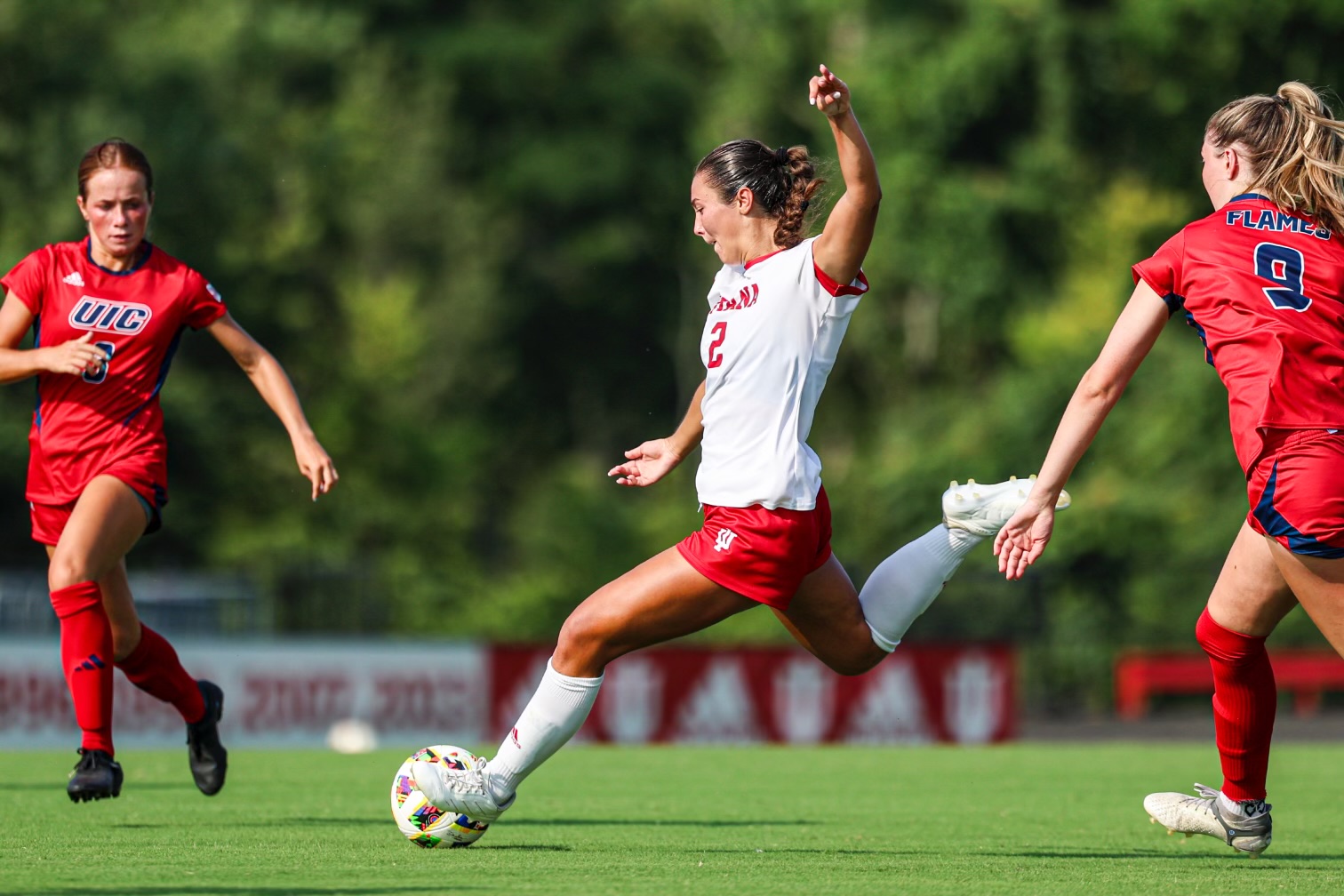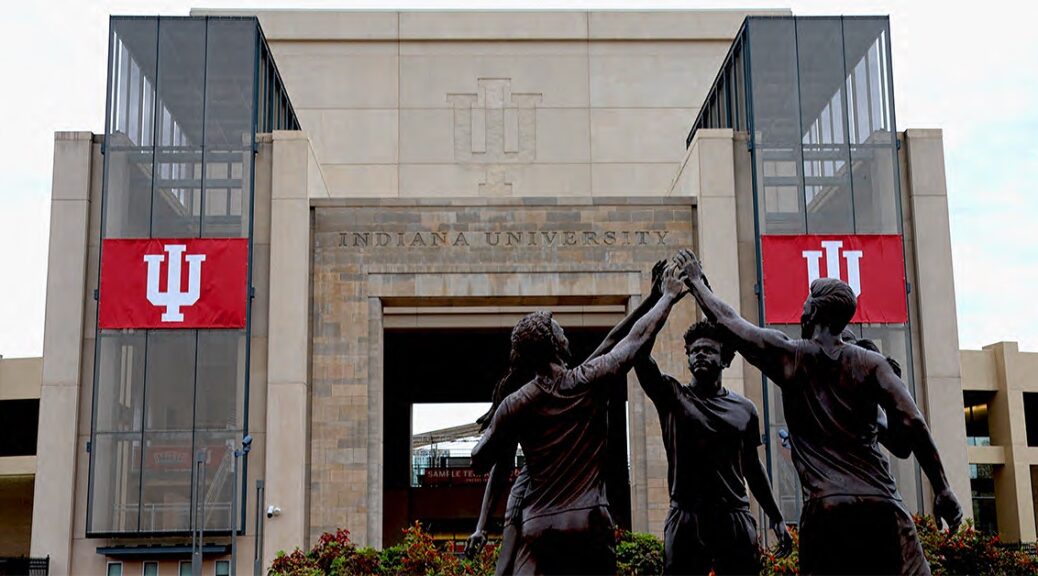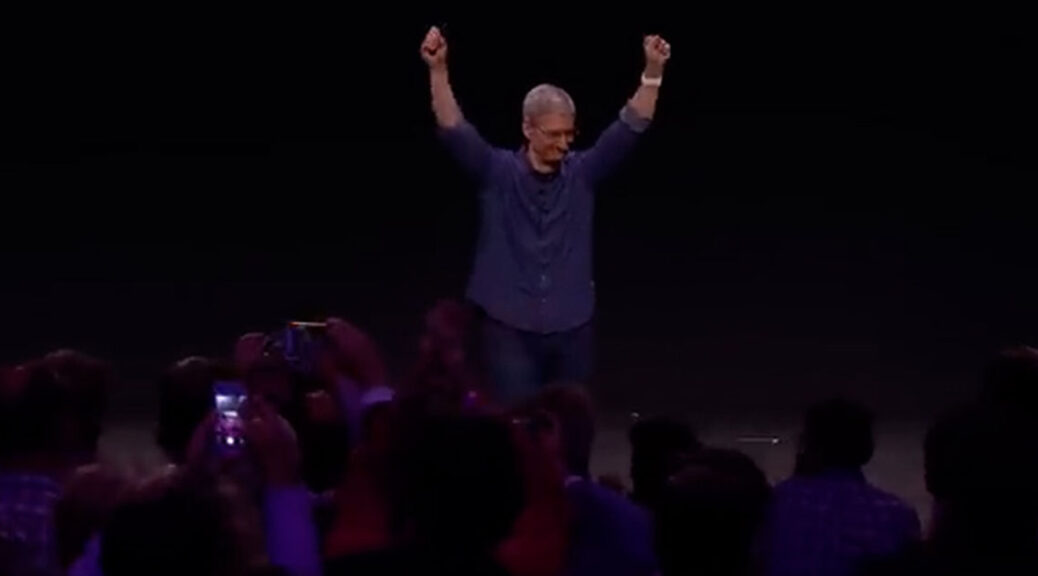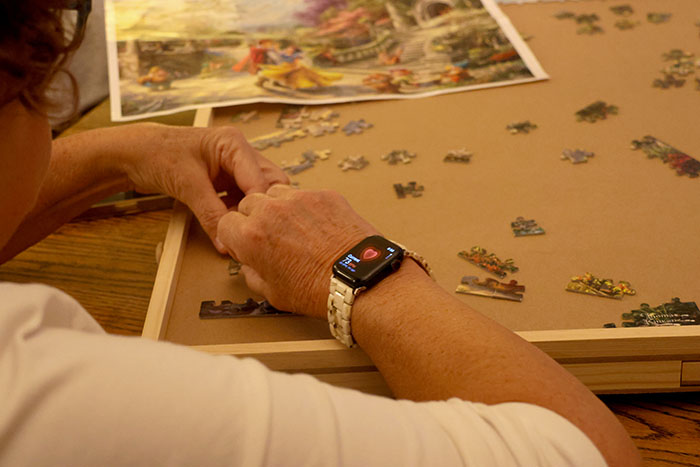Fair Game or Foul Play? The NIL Gap Across Collegiate Sports
By Cordelia Ellis, Will Sowle, Brynn Stewart and Caroline Brackett
BLOOMINGTON, Ind. (Nov. 5, 2024) – Saturday is game day. Thousands of students across the country flock to stadiums to watch their team take on their newest weekly opponent. Saturday November 2nd, for example, the Arkansas Razorbacks are playing Ole Miss, Oregon is playing Michigan and Indiana University will take on Michigan State. Tailgate leftovers will be littered around the grass, loud music will make people’s ears ring and the smell of grilled hamburgers and hotdogs will filter through the air. That is the tradition of Saturday game days for colleges.
One question: Did you know that the Indiana ice hockey team will face off against DePaul or that the Indiana Men’s swim team faces off against the Texas Longhorns, also on Saturday? No tailgates, no grilled hotdogs and certainly not thousands of students flocking the stands.
The popularity of collegiate sports is the same as anything else. The same as Sororities and Fraternities, there are levels, a hierarchy of sorts. At the collegiate level Football and Basketball stand tall amongst the rest. Winning or losing, their fans pack the stands, scream and yell, shout obscenities against the other team and wear their school colors with pride; with the added bonus of media and television exposure to add monetary benefits.

“It’s all about exposure,” Van Mathias said “until we have major TV deals we won’t have that limelight.”
As the Director of Ops for Indiana Swimming, Mathias swam for IU during the years of 2016-2020. The popularity of collegiate sports was still heavily prevalent, however nowadays the popularity isn’t just in the sports, but the athletes as well.
Collegiate sports have become just as much about free agency as it has skill and capabilities. The newest addition to collegiate athletes lives is Name, Image and Likeness (NIL). A 2021 Supreme Court ruling allows collegiate athletes to benefit and make money from the commercial use of who they are and their positions as athletes. Allowing them to have the right to market themselves as their own personal brand for a profit; gaining endorsement deals, selling merchandise and appearing in advertisements.
“They have intrinsic value as individuals in the marketplace,” Dr. Clavio said.

Working as the Head of the Sports Media Program at IU, Dr. Clavio has seen how NIL has evolved over time to allow collegiate athletes to market themselves and build a brand off of their name, image and likeness. However, the NIL spread hasn’t reached all collegiate athletes the same. The spread of NIL works side-by-side with the popularity of the sports themselves, however is this spread fair for the athletes? Does NIL leave too many holes and missed opportunities for a whole group of collegiate athletes from less recognized sports?
Jerry Jorgensen, former D1 Track & Field mid-distance runner for Nebraska, spoke on the fairness of the attention spread given to different collegiate athletes based on sport. “It’d be awesome to make the amount of money these football players are making,” Jorgensen said, “but I think in the real world those players from basketball, football, those big three, four sports are bringing in a little bit more popularity to the school, little more attention in the media so in all fairness they should probably be making the big bucks.”
Kennedy Neighbors, Sophomore midfielder for Indiana University’s soccer team also spoke on this, “It shows how the fan bases and popularity of certain athletes and teams play a role,” Neighbors said, “With football getting around 50k fans per game and basketball players being so recognizable, it’s tough to generate the same NIL money when we don’t have the same level of revenue.”

Both athletes from less recognized sports understand that there is a popularity scale regarding the possible NIL money that can be received. Organizations want to endorse athletes that have larger media and fan engagement rather than athletes who lack in both. It is inconceivable that all sports would receive the same disbursement or opportunities as others. Not all sports generate thousands of seats per game, earning thousands of dollars for their schools.
The IU Men’s swimming team is currently ranked #1 and in previous years they have stayed in top 5 ranked positions. Even though sports like swimming are less recognized in collegiate popularity, they still hold a good reputation and players are able to receive NIL deals. However, without the same exposure, is it fair that athletes from more recognized sports receive additional attention, regardless of whether their season is ‘successful?'”
“Appraisal of athletes, personally I think it should be off of merit,” Van Mathias said, “if you go to a school and ride the bench it should be based off of performance and merit.”
Mathias’ idea of merit is shared by soccer player Kennedy Neighbors, “I think it should ultimately be a balance,” Neighbors said, “I think it’s important for the athlete to be recognized athletically for their hard work and commitment, but I think popularity can boost things like engagement with others and the overall visibility of the brand.”
Acknowledging the athletes abilities and achievements in their sport is no longer as important as it once was. Having a popularity or media engagement that a brand can build on is now just as important. A proper balance between the two is needed for athletes to receive endorsements and properly market themselves to potential brands.
Not every sport fills out stadiums and has tailgate leftovers littered on the grass, but every athlete works hard to achieve both athletic achievements and proper marketability.
Indiana University students answered questions about NIL. They talked about their thoughts and opinions about the fairness of NIL in different sports.
###






